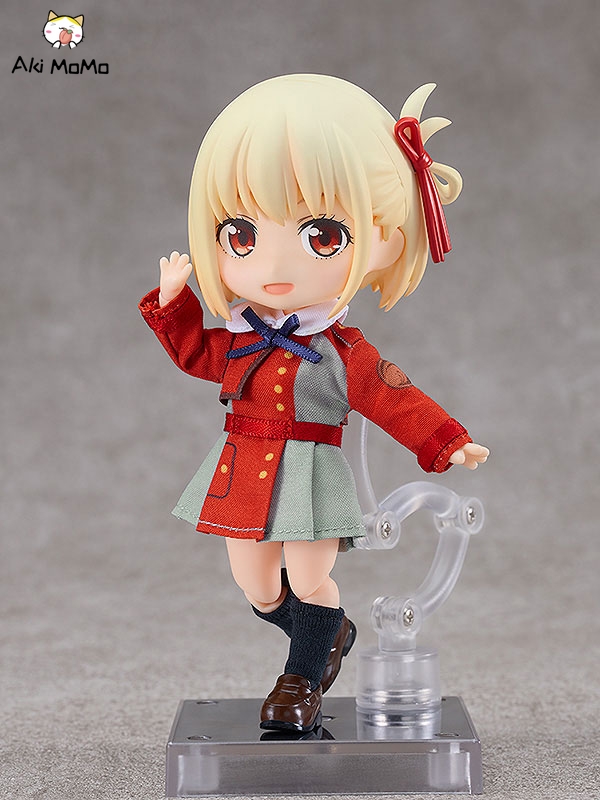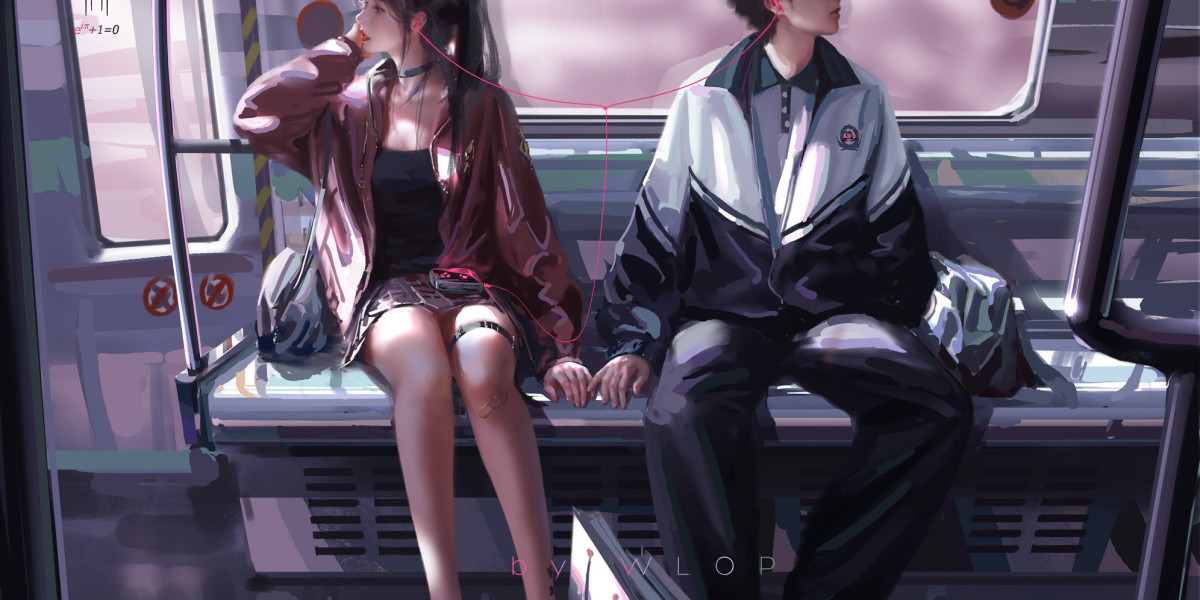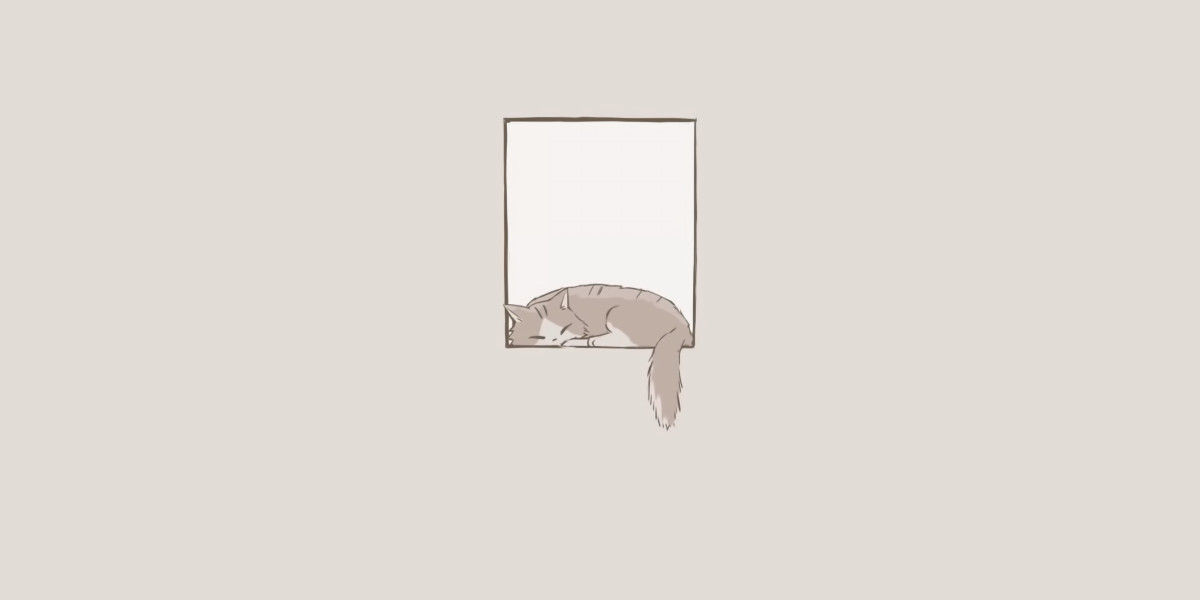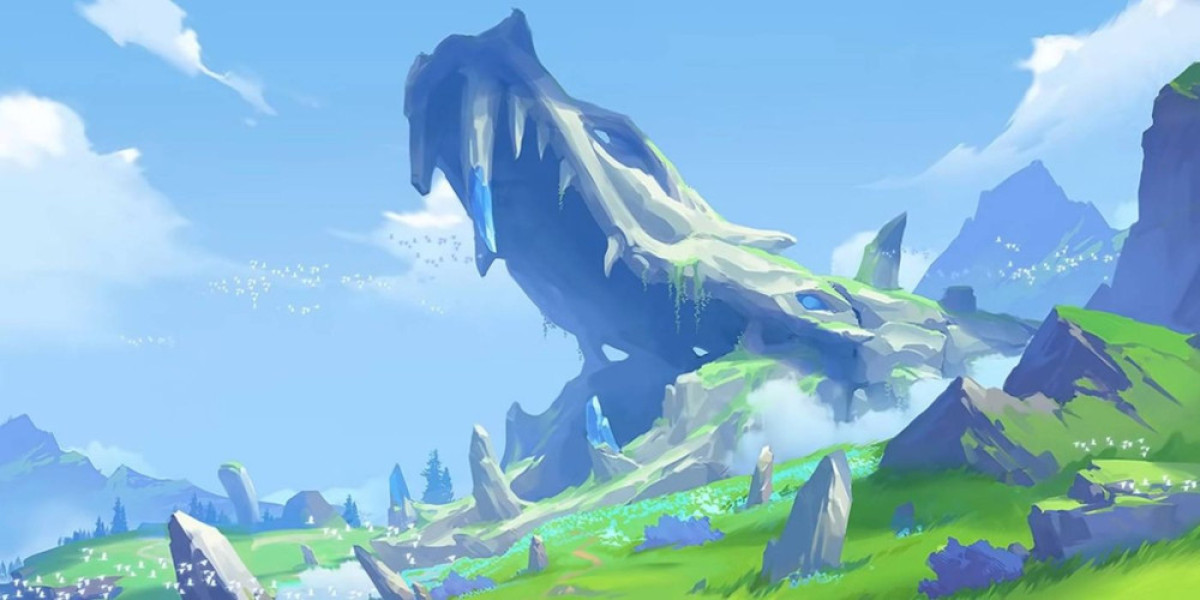In the world of collectible dolls, the bjd doll body (Ball-Jointed Dolls) stands out for its unique construction and customization potential. This article aims to provide a comprehensive understanding of the materials and construction techniques used in creating these exquisite dolls.

The Anatomy of a BJD Doll Body
The bjd doll body is characterized by its articulated joints, allowing for a wide range of poses. Typically, these dolls are made from a variety of materials, primarily resin, which is favored for its durability and ability to hold intricate details. But what exactly makes up the anatomy of a BJD?
- Head: The head is often sculpted separately and can be customized with various face-ups.
- Torso: The torso houses the internal mechanisms that allow for movement.
- Limbs: Arms and legs are jointed, providing flexibility and posing options.
- Feet and Hands: These are often interchangeable, allowing for further customization.
Materials Used in BJD Doll Bodies
Understanding the materials used in a bjd doll body is crucial for collectors and enthusiasts alike. The most common materials include:
- Resin: This is the most popular choice due to its lightweight nature and ability to be painted.
- Vinyl: Some BJDs are made from vinyl, which offers a softer feel and is often more affordable.
- Plastic: While less common, plastic can be used for budget-friendly options.
Each material has its own set of advantages and disadvantages. For instance, resin dolls can be more fragile but allow for detailed customization, while vinyl dolls are more durable but may lack the same level of detail.
Construction Techniques of BJD Doll Bodies
The construction of a bjd doll body involves several intricate steps. Initially, the sculptor creates a prototype, often using clay or digital modeling software. Once the design is finalized, the following processes are typically employed:
- Molding: The prototype is used to create molds, which are essential for mass production.
- Casting: Resin or other materials are poured into the molds to form the doll parts.
- Assembly: After curing, the parts are assembled, and joints are added for articulation.
Customization and Personalization
One of the most appealing aspects of the bjd doll body is the ability to customize. Collectors often engage in:
- Face-ups: Painting the doll's face to create unique expressions.
- Wigs and Clothing: Dressing the doll in various outfits to reflect personal style.
- Modifications: Altering the body or limbs for a more personalized look.
These customization options allow collectors to express their creativity and make each doll truly one-of-a-kind.
Conclusion
In conclusion, understanding the bjd doll body involves exploring its anatomy, materials, construction techniques, and customization options. Whether you are a seasoned collector or a newcomer to the world of BJDs, this knowledge enhances your appreciation for these remarkable works of art. Embrace the creativity and craftsmanship that goes into each doll, and consider how you might personalize your own collection.








